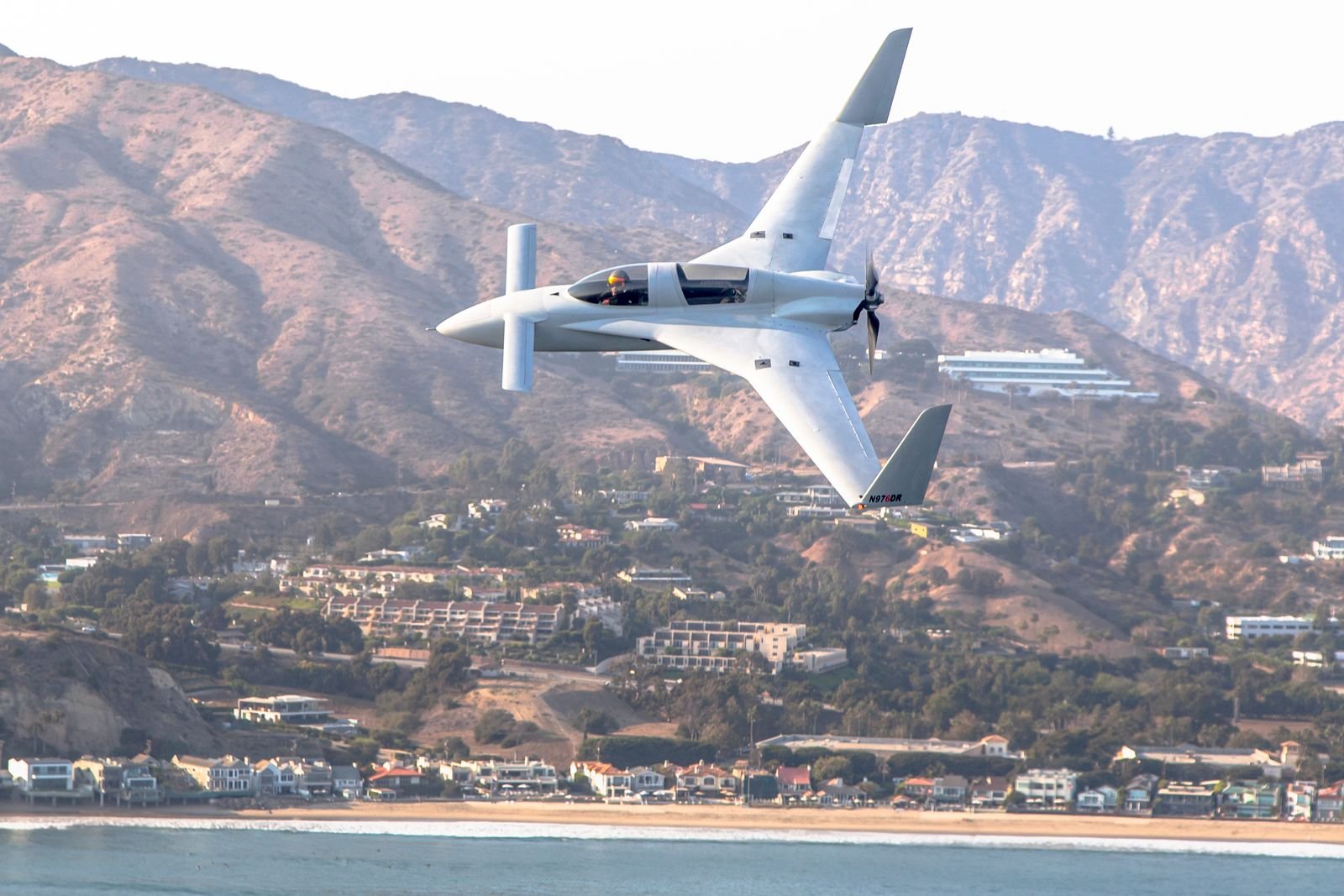Red 6: Better Training For Less Money
By Larry E. Nazimek
We have all heard the saying: “You get what you pay for,” which means that if you want improvements in quality, the price will increase. When it comes to training future fighter pilots, however, Red 6 is an exception, because the training will be better, but it will cost a lot less.
The training involves “augmented reality,” where enemy aircraft are projected onto the visors of the pilot’s helmet, so he can engage in dog fighting with the virtual enemy. The enemy aircraft are not simply “generic” enemy fighters, but rather simulate the actual threats they may be facing. Friendly aircraft can also be displayed, so the pilot can fly formation with them.
This augmented reality involves more than the visual aspects. Pilots also get the aural tone that they would get when their IR missile detects the heat signature of an enemy aircraft. There are also plans to integrate a radar display and a radar warning receiver.
CEO and co-founder Daniel Robinson summed it up: “The idea is not to skimp on training; it’s to create better pilots with a better quality of training and augmented reality can do that.” Robinson is a graduate of the British Fighter Weapons School and is the first foreign pilot to fly the F-22.
Augmented reality training had previously been done for race cars. Robinson wondered if it could be done with planes, and that’s how the idea was born. Red 6 was founded in 2018.
This training is also safer. In 2013-2017, there were 133 deaths in training, not to mention the loss of expensive complex aircraft. Obviously, colliding with a virtual aircraft will not produce a tragic mid-air collision.
The system is called ATARS: Airborne Tactical Augmented Reality System. After takeoff, presently from Santa Monica, CA, the plane flies to its training airspace, CARBON: Combined Augmented Reality Battlespace Operation Network.
Why the Berkut 540’s? According to Brandon “Rebel” Harris, “They are high performance, experimental aircraft that operate very efficiently compared to many other aircraft. They are 300 kt and 9G capable aircraft, so they closely replicate fighter aircraft capabilities while allowing us to manipulate them to suit the needs of Red 6. And they look cool!” They presently have two aircraft and are building a third. Because these aircraft are classified as “experimental,” they can not be used to sell rides to the public.
The Red 6 pilot sits in the front seat, while the pilot receiving the training sits in the rear. The simulated aircraft are controlled by one of three things: AI, a ground simulator, or programmed maneuvers.
In addition to displaying enemy fighters, the system can also be used for air refueling training. They have already tested two aircraft flying to a KC-46 Pegasus Tanker, where one plane watches as the other takes on virtual fuel. Both see the same tanker. The image of the tanker is so realistic, that it even has the Position Director Lights on the bottom of its fuselage that helps in directing the receiver aircraft (or signal a breakaway) and the stripes on the refueling boom to help the receiver keep the proper distance from the tanker.
The Air Force is working on getting this system on T-38s. The Navy is also considering using it on its T-45s. In the meantime, Boeing and Red 6 will work together to integrate Red 6’s technology onboard their T-7 and F-15EX. They are presently testing the system with a T-A4.
Retired Navy Capt. Charlie Plumb is an advisor to Red 6. During the Vietnam War, he was shot down and taken prisoner just 5 days before his tour was to end. During his 6 years in captivity, “...I reflected on the training I had received and how it could have been done better... Perhaps if I had been able to have that type of training, I might not have been shot down.”
Red 6 Test Pilot Brandon Harris predicted, “One day, this training will produce the most elite War Fighters in the world.”
For further information, or to view some very interesting video segments: www.red6ar.com.


